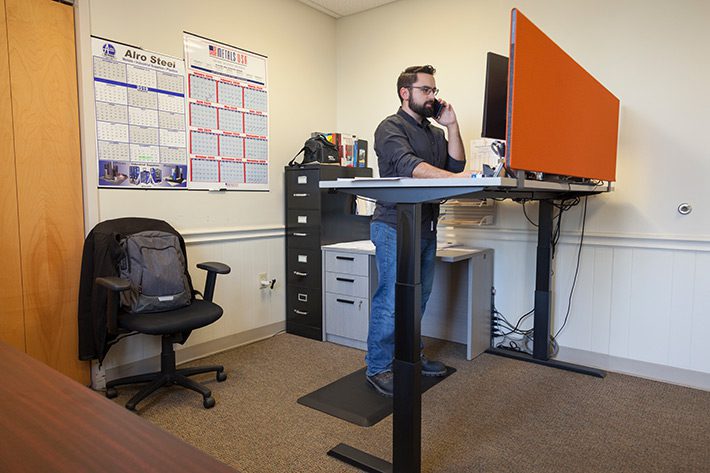Seems like a pretty straight forward question, right? Unfortunately, with so many mechanical contractors out there, there are many different ways to price that T&M (Time and Materials) rate which could mean you are not comparing apples to apples.
Let’s start out by stating the obvious, not all contractors and created equal. That age-old cliché still holds true … “you get what you pay for.” So be careful when shopping by price alone. You might be expecting a hard working 4×4 F150 and end up with a two-wheel drive Ford Ranger.
That being said, let’s take a closer look at what to look out for when someone says, “our rate is $60/hour.” The first thing to consider is what’s included in the rate. Some firms operate on an a la carte pricing model where everything is priced separately. For example:
- Engineer: $120/hr.
- Designer: $100/hr.
- Project Manager: $80/hr.
- Foreman: $75/hr.
- Millwright: $70/hr.
- Welder: $65/hr.
- Laborer: $55/hr.
- Truck with welder: $150/day
- Oxygen and Acetylene gasses: per tank
- Consumables (like welding rods/wire, blades, grinding wheels): counted and charged at cost plus 15%
Then there are the questions and variables that come up with this pricing model, like:
- Travel time. Does the clock start when the workers show up or when they leave home? Sometimes travel is charged based on a “zone charge” which means there might be a flat fee for travel based on your location. This could add an additional $20-40 dollars per day per person. Some firms charge travel time at an hourly, but reduced rate. When the price is stated as port-to-port, it typically means you will be charged for the time it takes to travel from the mechanic’s shop to yours at the regular rate, so it helps to know how close they are to you.
- Per Diem. It is typical to pay a daily food and living reimbursement for each worker if they are traveling from out of town to your location. This could be another $35-55 per day, per person.
The second most common mechanical T&M rate model is all inclusive. Typically, the hourly rate in this pricing model will be higher than just the rate for the person per hour outlined in the a la carte scenario above. However, all of the “extras” are included in the stated rate. So, while you don’t know if you are getting a foreman or a laborer, the rate is the same regardless of title. For many projects, this model makes sense because the worker could be leading the crew, welding, and digging a hole all in the same day. Just the record keeping alone can be a challenge. Another benefit to this pricing model is that you don’t have to worry about being nickel and dimed for every grinding wheel and welding rod used or wasted since the materials are included in the rate.
For both of the options discussed so far, it’s also helpful to know if the markup for profit and overhead is included. Sometimes the $65/hour rate is marked up another 15%, just like any materials or rental equipment. By the way, don’t be afraid to ask for copies of invoices if you think the materials or rental equipment prices seem out of line.
Finally, if all of this pricing and tracking is more than you want to deal with, you can always ask for a firm fixed price bid to complete your project. With this model, you are simply comparing prices from different contractors and hoping they can all complete the work to your satisfaction. The fixed price bid puts the risk on the contractor’s plate, as you are going to pay the bid price regardless of whether the project takes longer or shorter than expected. When you have a substantial project, lasting more than a couple of weeks and includes fabrications from the shop, this may make sense. It’s important to recognize, however, that you will need a clear scope of work and detailed drawings in order to get an accurate price. The more information that is missing, the more the estimator is going to add to the price to cover any unforeseen circumstances or changes.
Estimates or bids can also vary depending on how much the contractor needs the work. When they are super busy, they may price it a little higher knowing there are other projects in the pipeline. If they are slow, they may lower the price just to keep the team busy and avoid layoffs.
At the end of the day, there are as many different prices as there are projects, so the best thing you can do is work with a trusted, reputable company and talk to them about how their pricing options best fit with your project and understand what’s included.
By the way, if you do a lot of projects on a firm bid basis, be sure to read our next article on how to get the best bid for your fabrication project.

